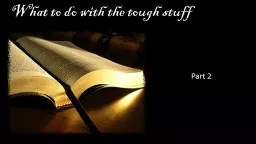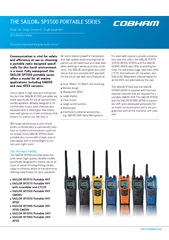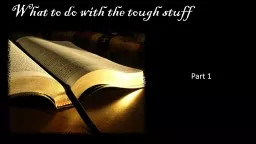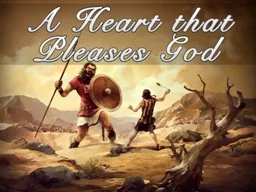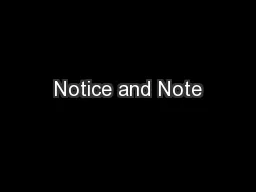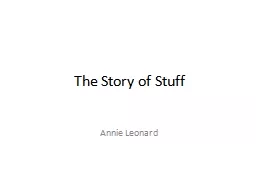PPT-What to do with the tough stuff
Author : myesha-ticknor | Published Date : 2016-06-04
Part 2 Manasseh Lets look at our homework material from the last session We have before us two different accounts of the reign of King Manasseh son of Hezekiah
Presentation Embed Code
Download Presentation
Download Presentation The PPT/PDF document "What to do with the tough stuff" is the property of its rightful owner. Permission is granted to download and print the materials on this website for personal, non-commercial use only, and to display it on your personal computer provided you do not modify the materials and that you retain all copyright notices contained in the materials. By downloading content from our website, you accept the terms of this agreement.
What to do with the tough stuff: Transcript
Download Rules Of Document
"What to do with the tough stuff"The content belongs to its owner. You may download and print it for personal use, without modification, and keep all copyright notices. By downloading, you agree to these terms.
Related Documents

